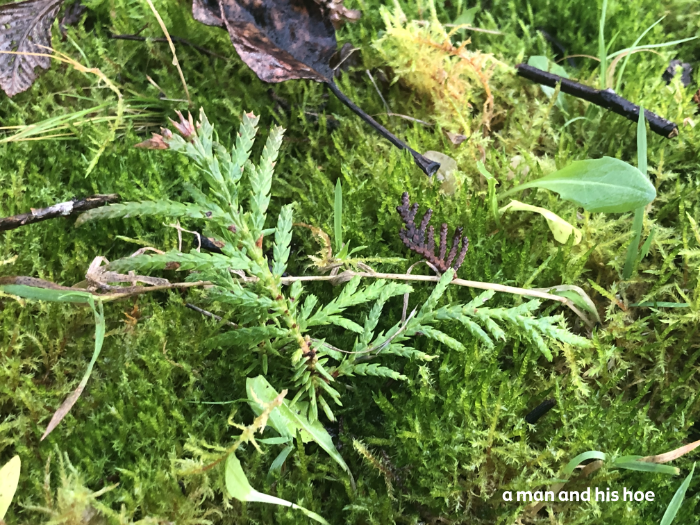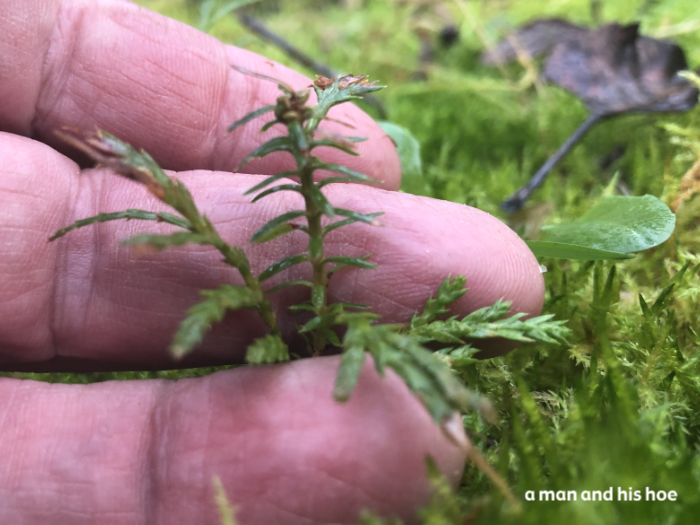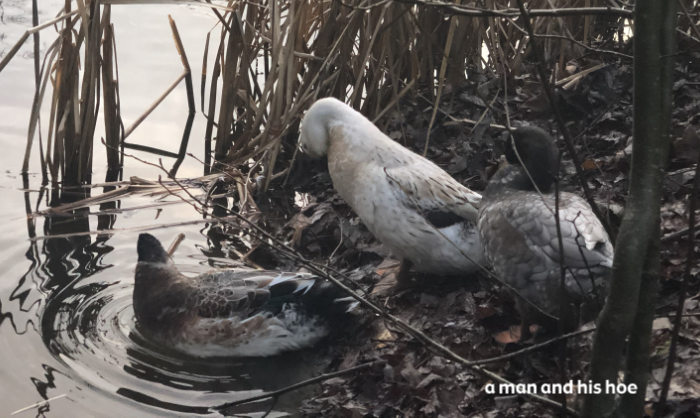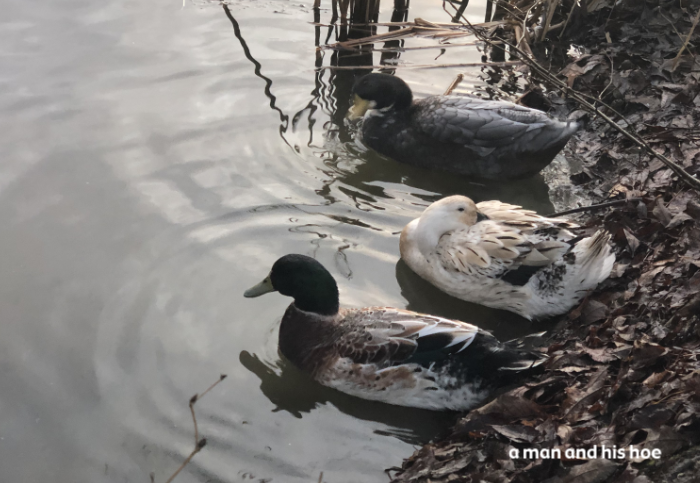
It’s a mild, foggy, winter morning. So far it has been a dry fall and winter. Usually at the end of November, wild and woolly weather has trees toppling over, rain falling like sheets, and rivers overflowing. Some years we keep the chainsaw in the back of the car in case we need to saw our way out of the driveway. Not this year. The Skagit River is running as low as it does in late August.

While raking leaves yesterday, I discovered cedar and fir seedlings. At this stage they are so fragile. It would take next to no effort to pluck them. A hundred years from now, it will take the most ferocious of late fall storms to topple them. Five hundred years from now, they may be the tallest trees on the planet. There is a record of a 465 foot tall Douglas Fir that was felled in 1897 in Whatcom county, a short drive from here.
It’s hard to imagine anyone wanting to cut down such a magnificent tree. If you came across such a tree, wouldn’t you be in awe and want future generations to know it too?


The ducks spend hours each day preening themselves. Of all the farm animals, they must know their bodies the best. It wouldn’t surprise me if they couldn’t tell me how many feathers they have. According to Ducks Unlimited, researchers counted 14,914 feathers on a pintail, 11,903 on a mallard, and 25,216 on a tundra swan, which explains why it takes the ducks so many hours a day to preen all those feathers. With 12,000 feathers to preen, you’d have to preen more than 3 feathers a second to preen them all in an hour.
Snow and her brothers often rest and sleep at the edge of the pond, their bodies half in and half out of the water. I suppose this is so they can launch themselves across the pond at any notice. A hint of danger, and they can be off, out of danger’s reach in a split second.

Leave a Reply
You must be logged in to post a comment.